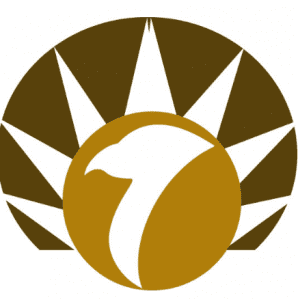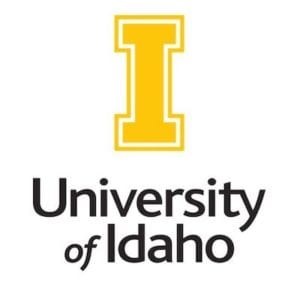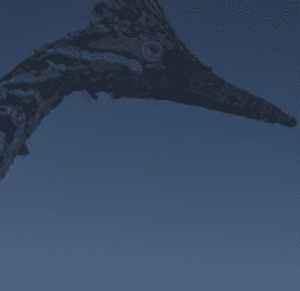Restoration
Conference registration.
For the 10th annual SageCon Summit, we will spend two days in Ontario, Oregon focusing on sagebrush landscapes in Malheur County that burned in the recent 2024 fire season. In the morning of day 1, we will hear updates from SageCon and learn about the collaborative work of the Malheur County Rangeland Partnership. In the afternoon we will dive into the science of post-fire restoration and look at maps of the area we will visit in the field tour on day 2 through the lens of threat-based strategic conservation. The field tour will take us to a ranch that is managed as a mitigation bank and was partially burned in the Cow Valley fire, where we will explore post-fire treatments and fire recovery.
Webinar registration.
Biocrust sods (portable islands of lichens, mosses, cyanobacteria, and other organisms that form the cohesive soil communities known as biological soil crusts) are a novel technique for restoring critical soil systems in degraded landscapes. Because biocrusts can suppress the emergence of exotic plants, biocrust sods may also serve as living, ecologically beneficial fuel breaks in regions where the grass-fire cycle is driving more frequent fires. This presentation will offer preliminary results from studies in the Sonoran and Mojave deserts, where researchers have been testing the capabilities of these new restoration tools. Anyone interested in soil ecology, restoration, or fire will leave this presentation with a new appreciation for biocrusts and their potential as critical restoration partners in two American deserts.
Presenter: Keven Griffen, PhD Student, Northern Arizona University School of Forestry and Center for Ecosystem Science and Society
Visit the training website.
The USU Restoration Consortium has partnered with the NRCS West National Technology Support Center and the BLM Aquatic Resources Program to develop a standardized Low-Tech Process-Based Restoration training series. These courses are pending incorporation into AgLearn and DOI Talent. Students will also receive continuing education units (CEUs) and a professional transcript from Utah State University.
View conference website.
The conference will be 11/13-15 at New Mexico State University in Las Cruces, NM. Accepting submission through 10/15.
View article.
Ecological restoration is vital for sustaining healthy habitats supporting human and wildlife populations in the United States. With limited intact natural ecosystems remaining, restoration plays a crucial role in reversing environmental degradation by halting harmful activities and implementing proactive management strategies. Beyond benefiting wildlife, restoring degraded lands and waters provides essential services to human communities, including clean water filtration, carbon sequestration, soil erosion prevention, and building resilience to catastrophic weather events. Restoration efforts help mitigate drought, curb the spread of invasive species, and enhance wildfire resilience and flood control. In addition, land and water restoration fosters economic opportunities for local communities through sustainable land management and thriving working landscapes.
View brief.
Two studies found that planting site climate, post-planting weather, planting season, tree seed lot sources, and tree species had particularly meaningful impacts on planted tree seedling performance after fire. Although the survival monitoring data used in both studies were limited to tree seedling survival after the first growing season, survival rates for this vulnerable period were linked to longer-term survival trends.
View the itinerary.
May 22, 2025 the Nevada Native Plant Partnership is hosting a Time Travel Restoration Roadshow around the Reno area. Attendees will travel through time to see a variety of projects that have been implemented in the last 20+ years. Please carpool as much as possible since parking will be limited throughout the tour.
View article.
To assess the effects of seeding on the genetic diversity of wildland populations, we conducted a genetic survey of bluebunch wheatgrass (Pseudoroegneria spicata) populations within the perimeter of a recent megafire in southeastern Oregon and southwestern Idaho, United States. We genotyped 760 samples with 10 polymorphic loci. We found similar genetic diversity in populations four to 5 years after seeding compared to unseeded populations that were either burned or unburned. Furthermore, genetic diversity neither increased nor decreased with distance from the fire’s edge, suggesting that wind dispersal from neighboring remnant populations plays a minor role in immediate post-fire recovery compared to resprouting and germination from the seed bank. Though no change was detected in the short term, this survey of genetic variation after a post-fire seeding provides an empirical baseline that can be used to track changes in genetic diversity of these wildland populations over time.









